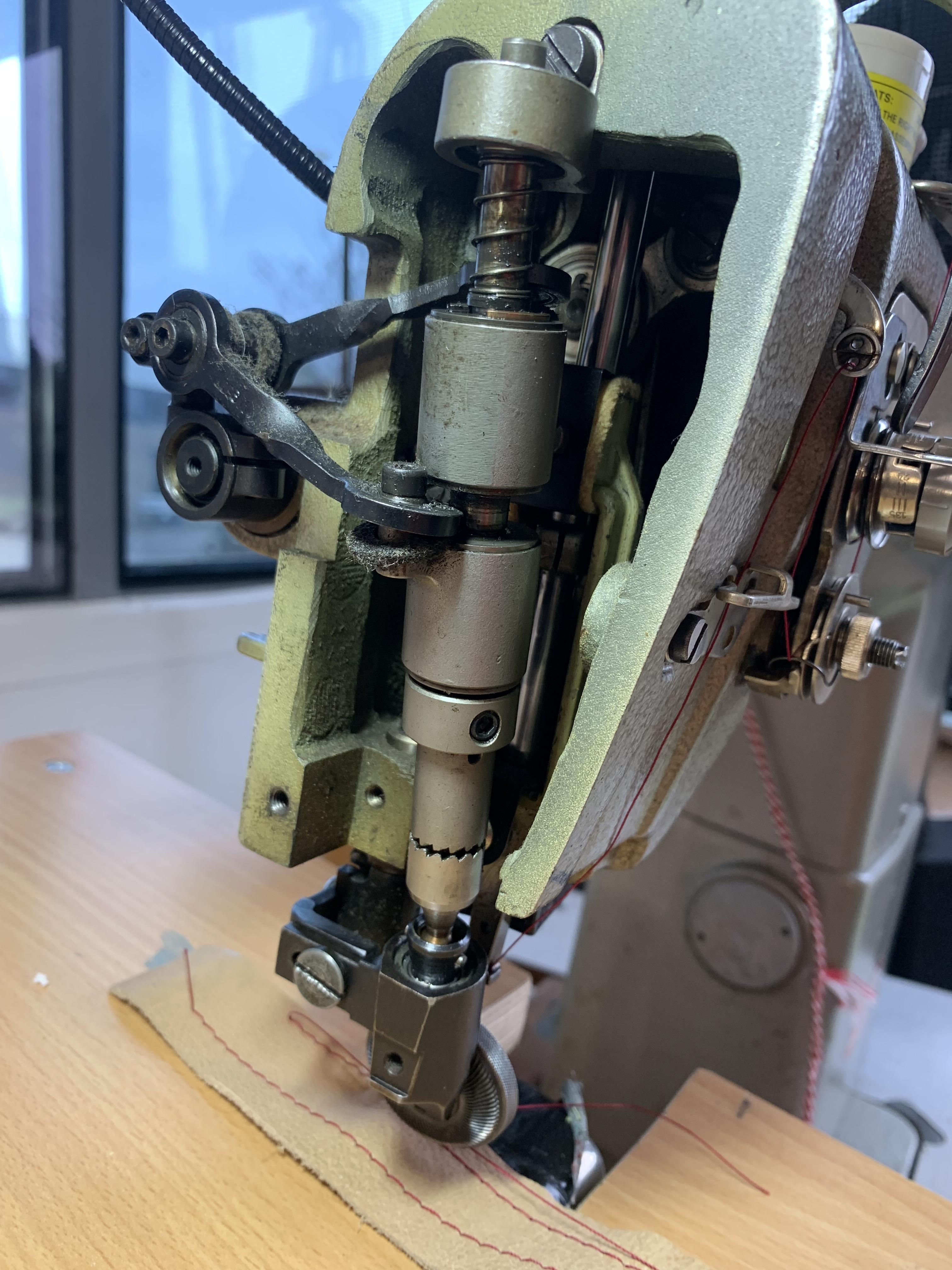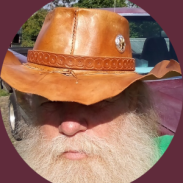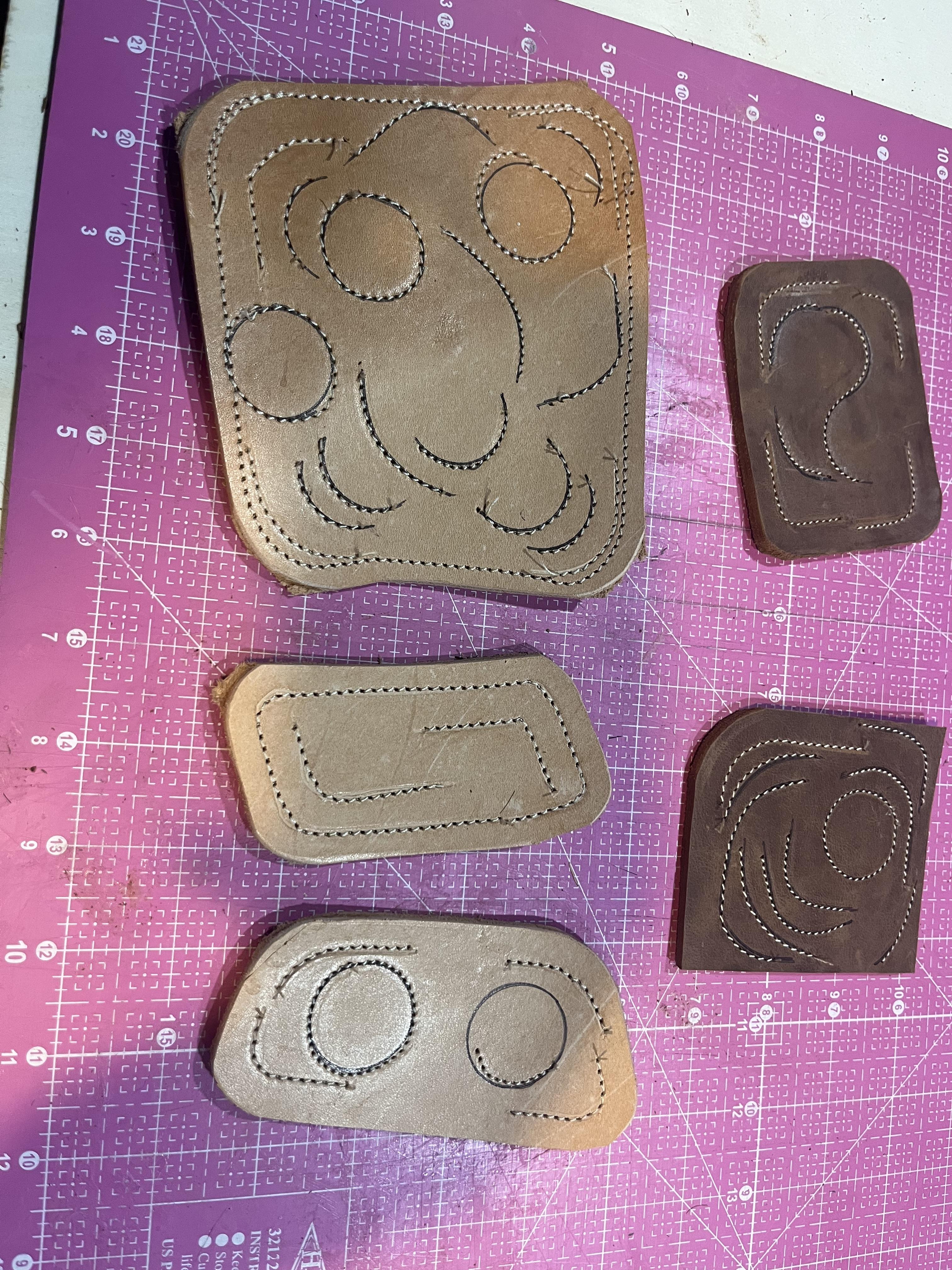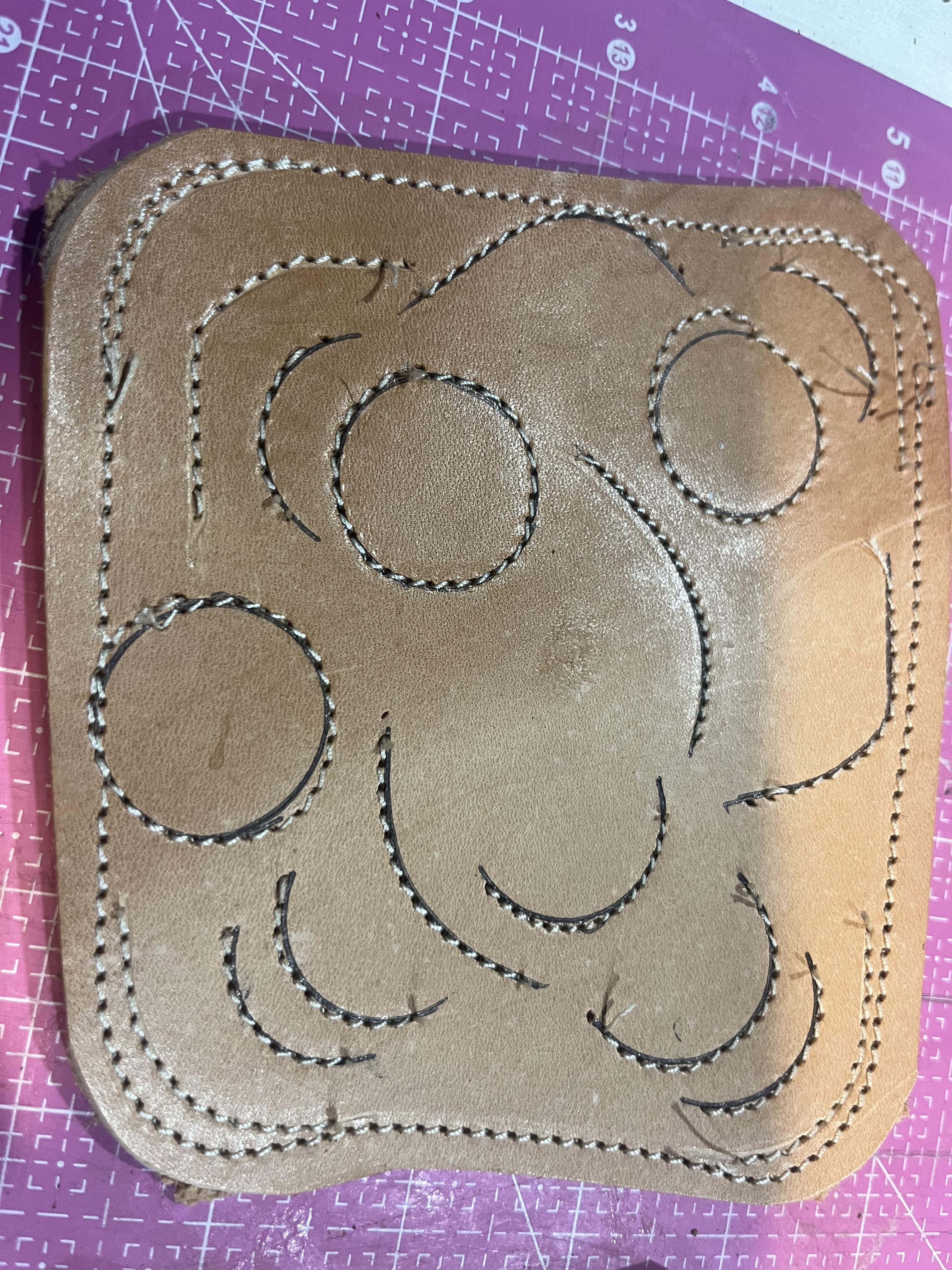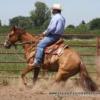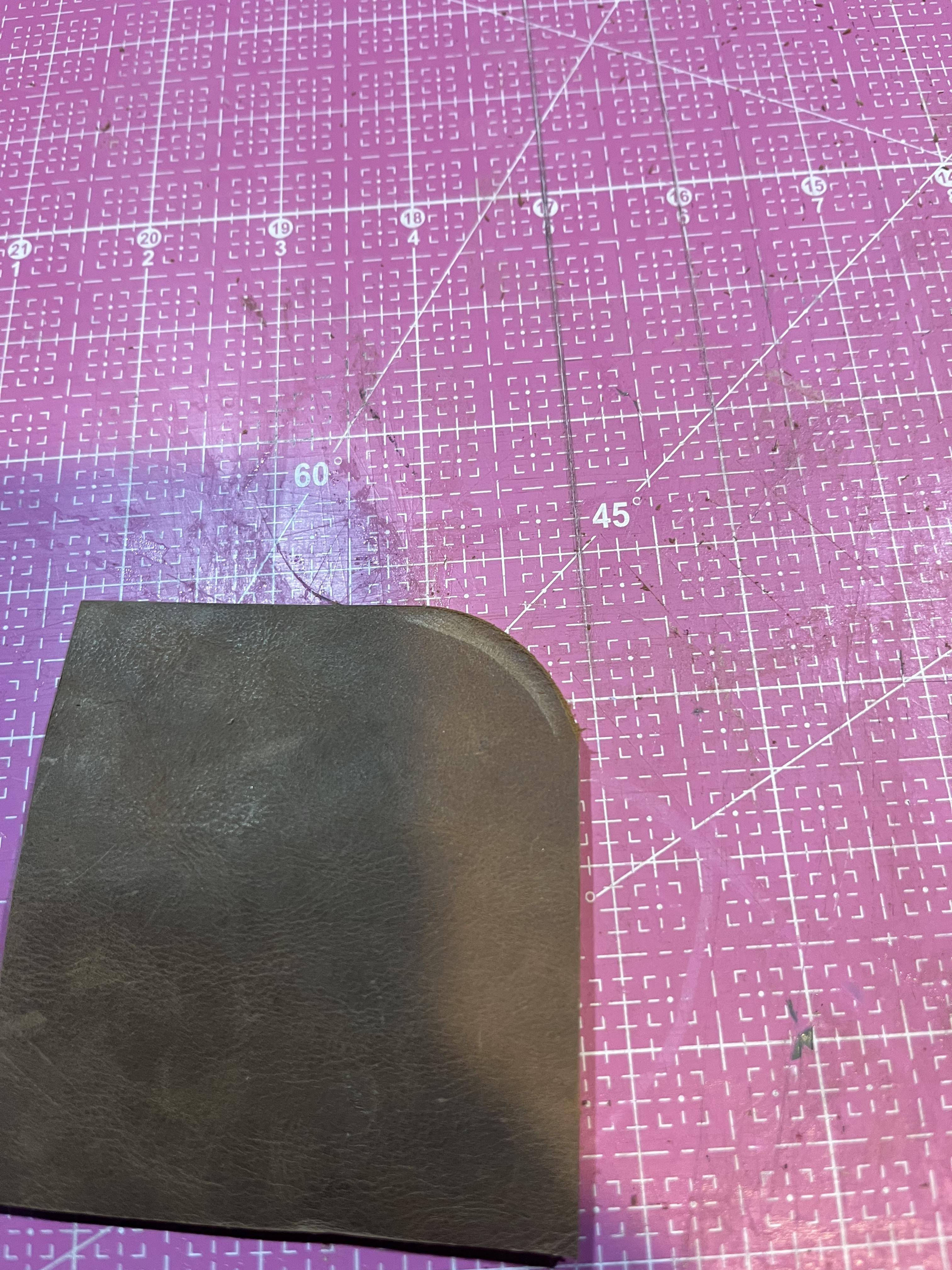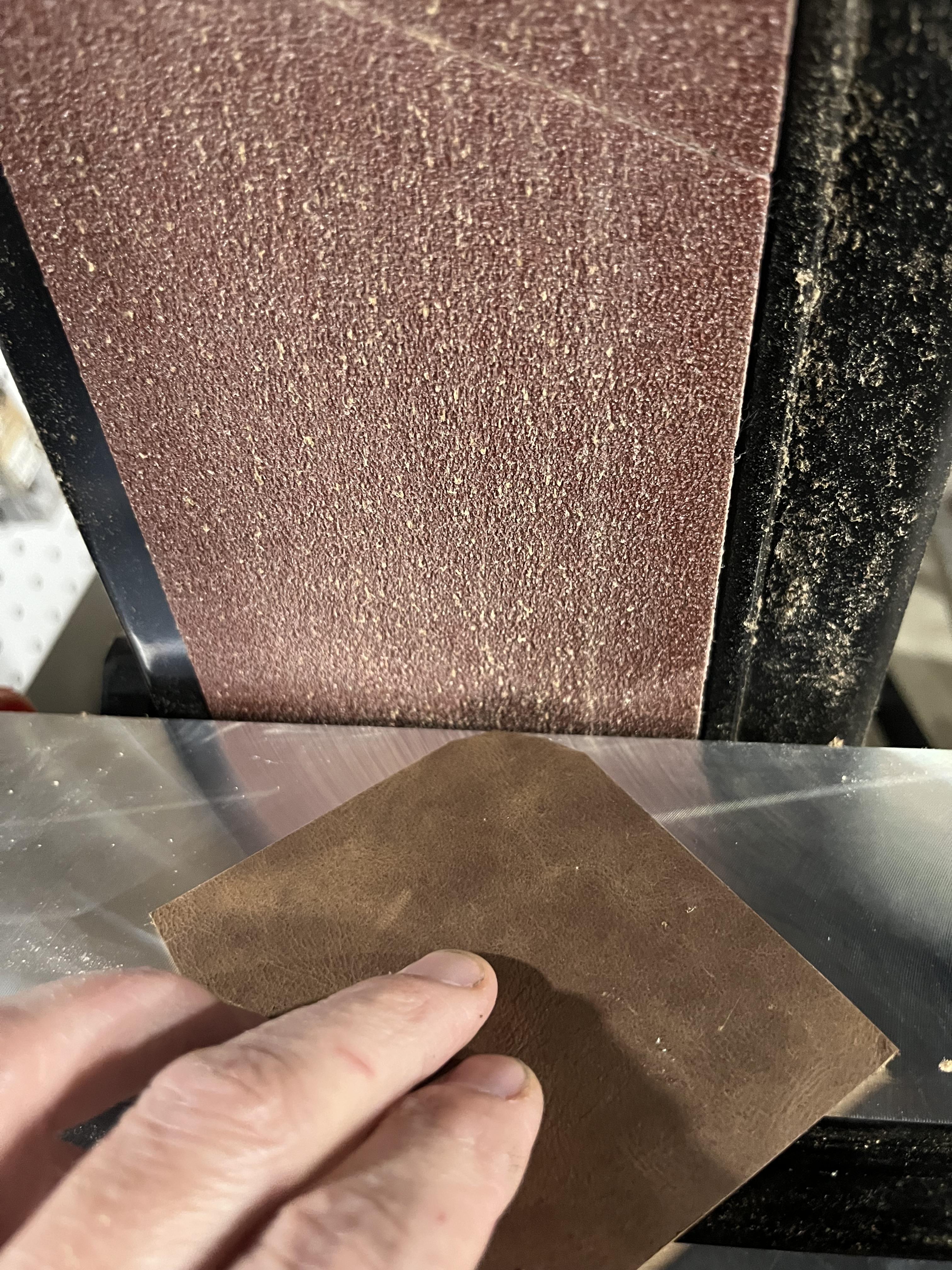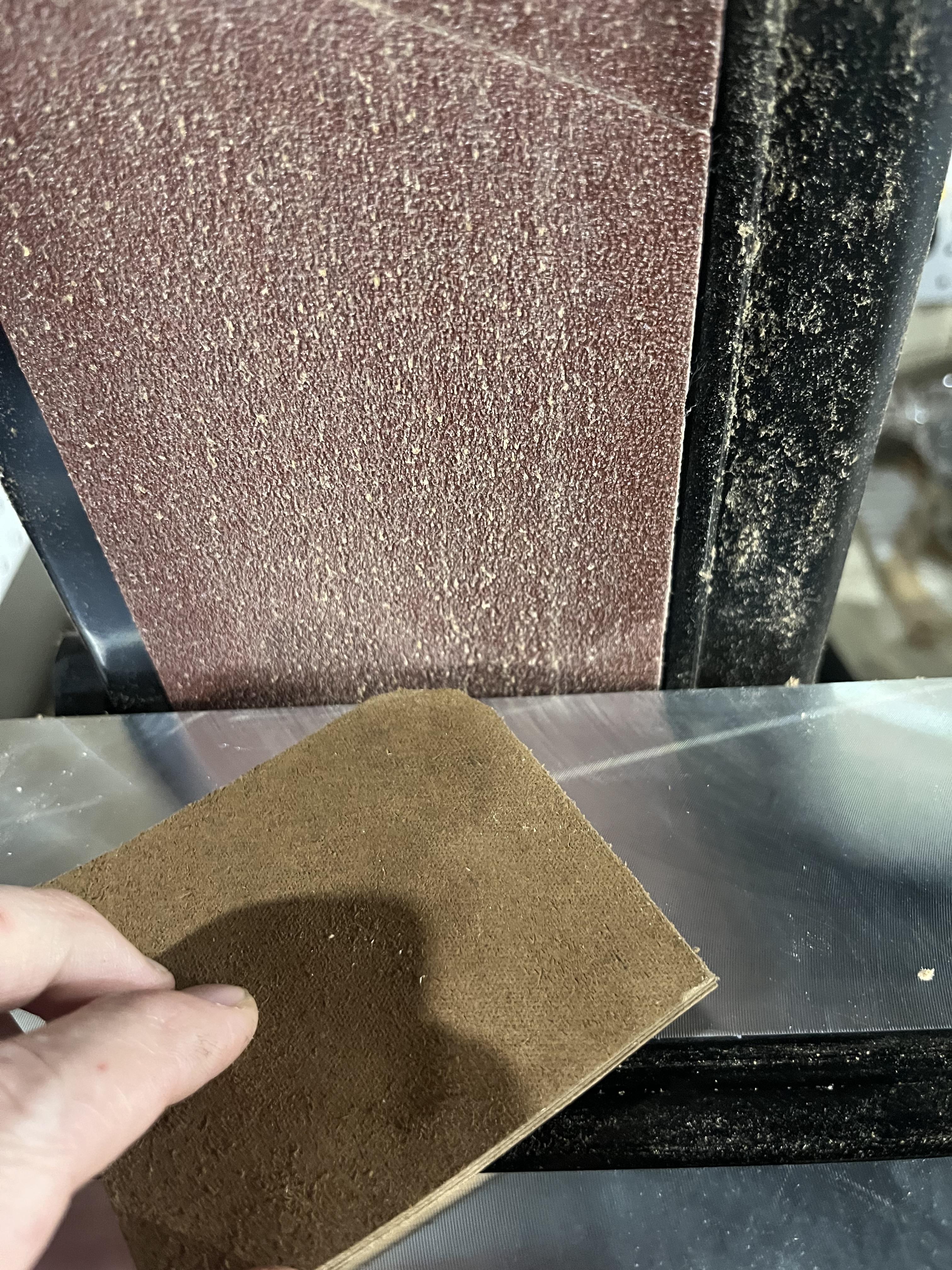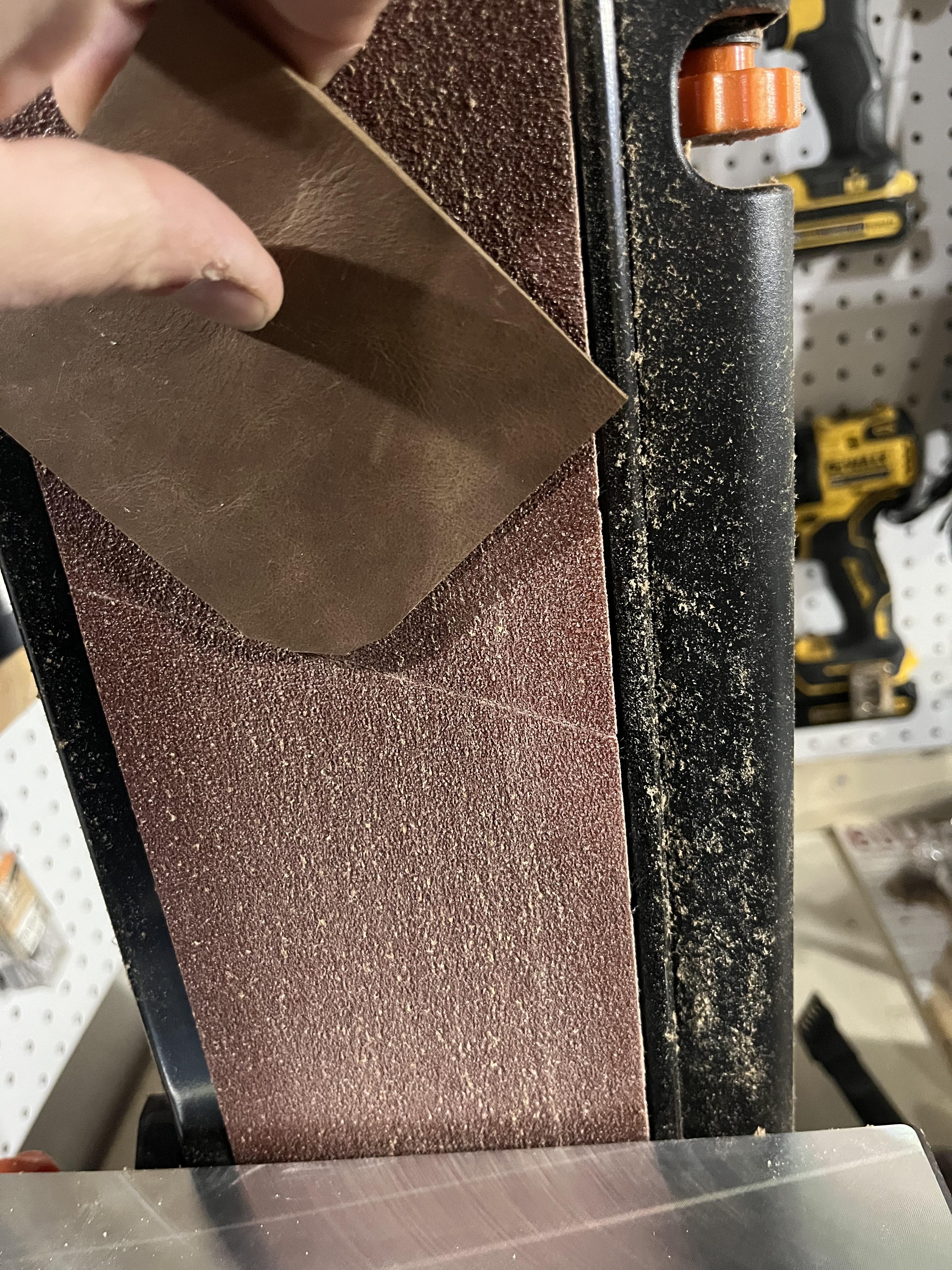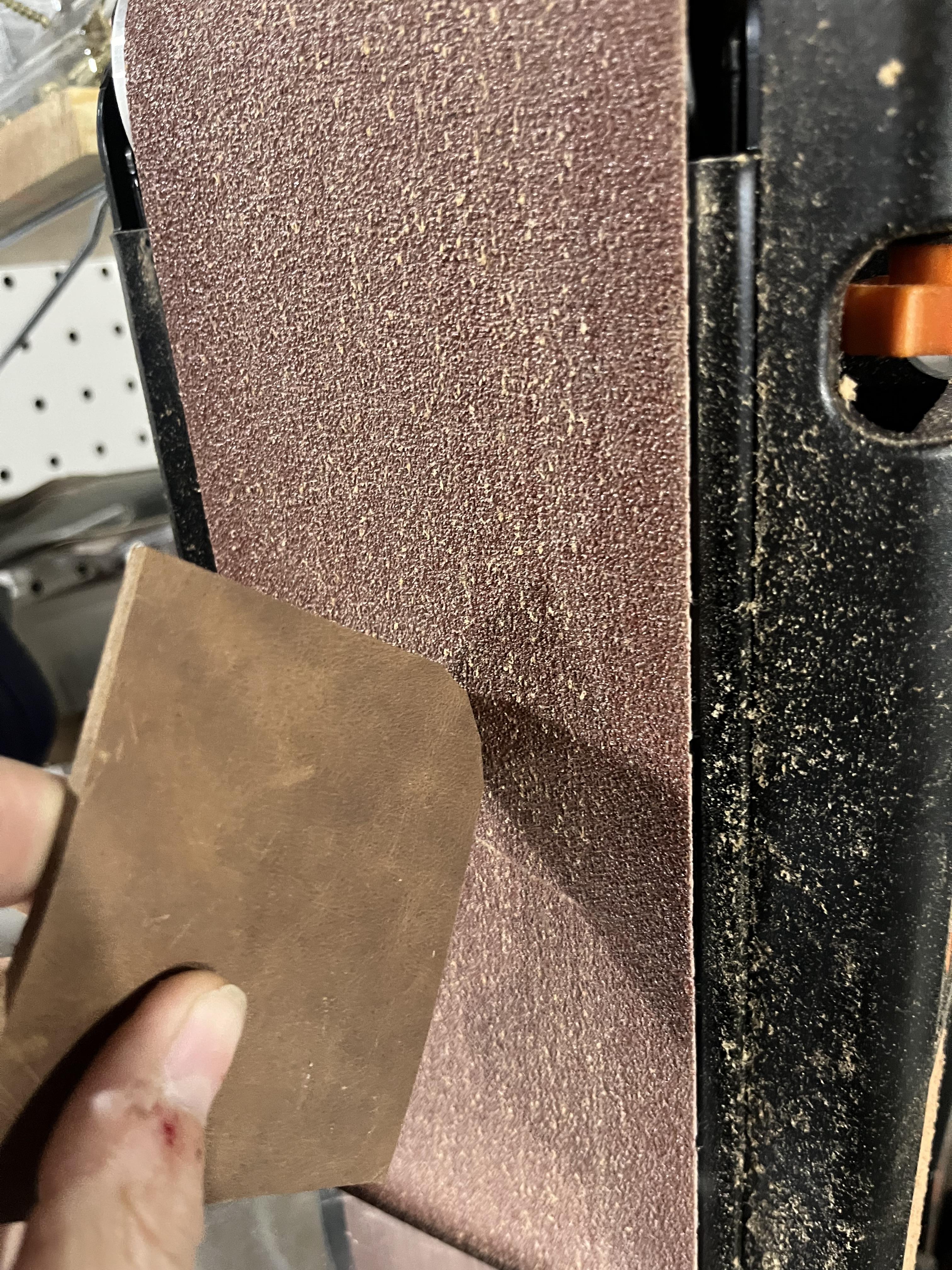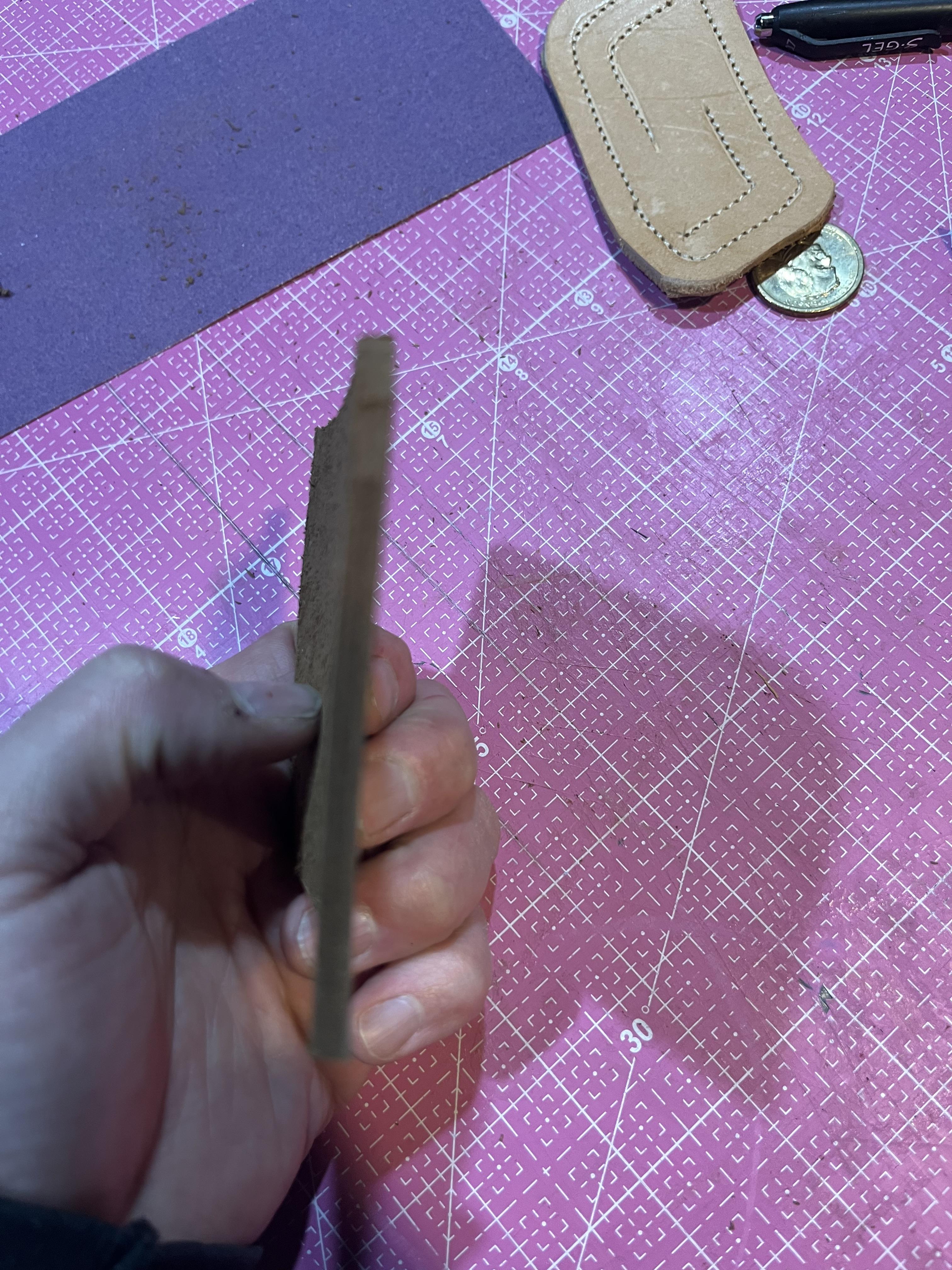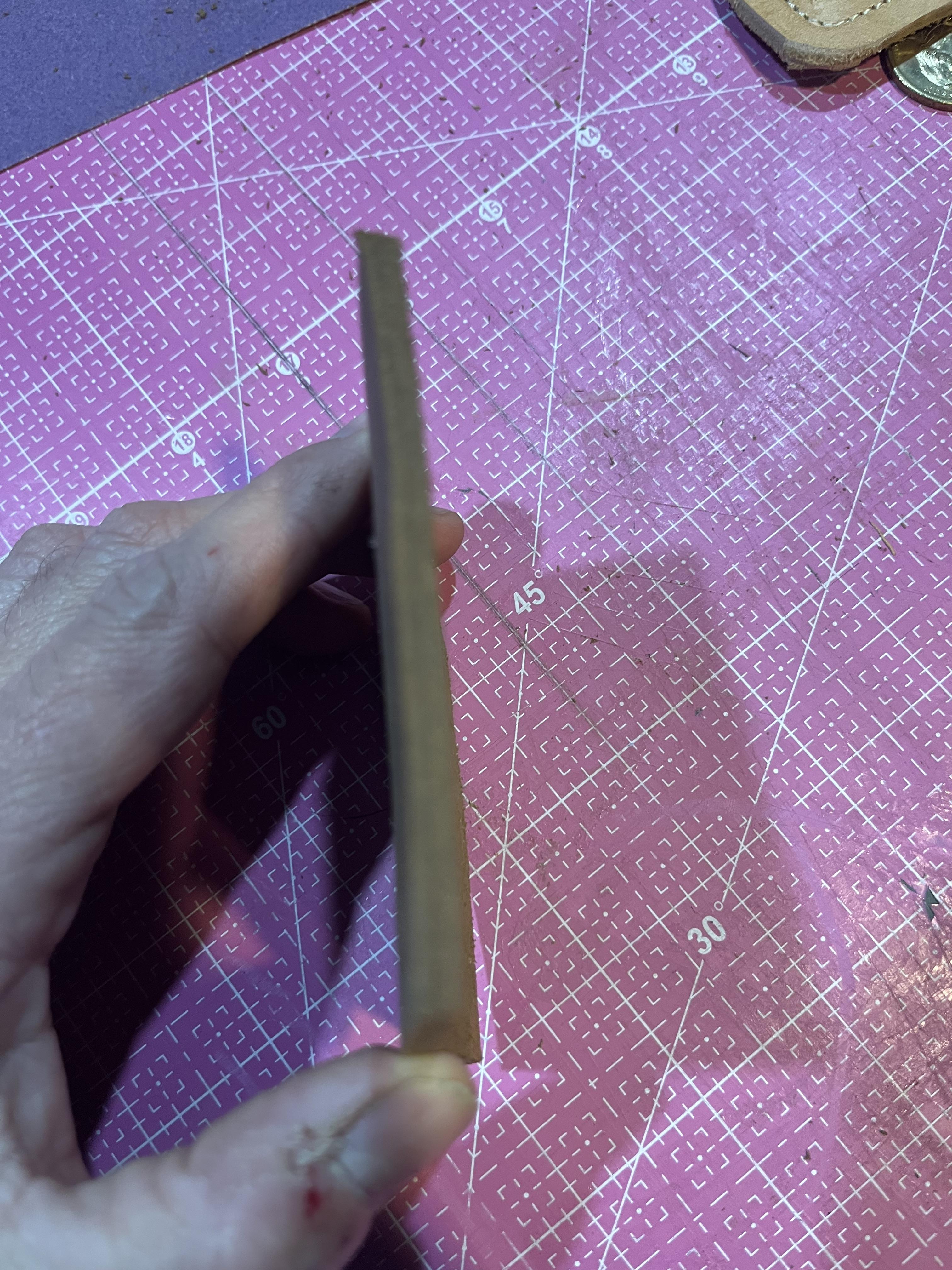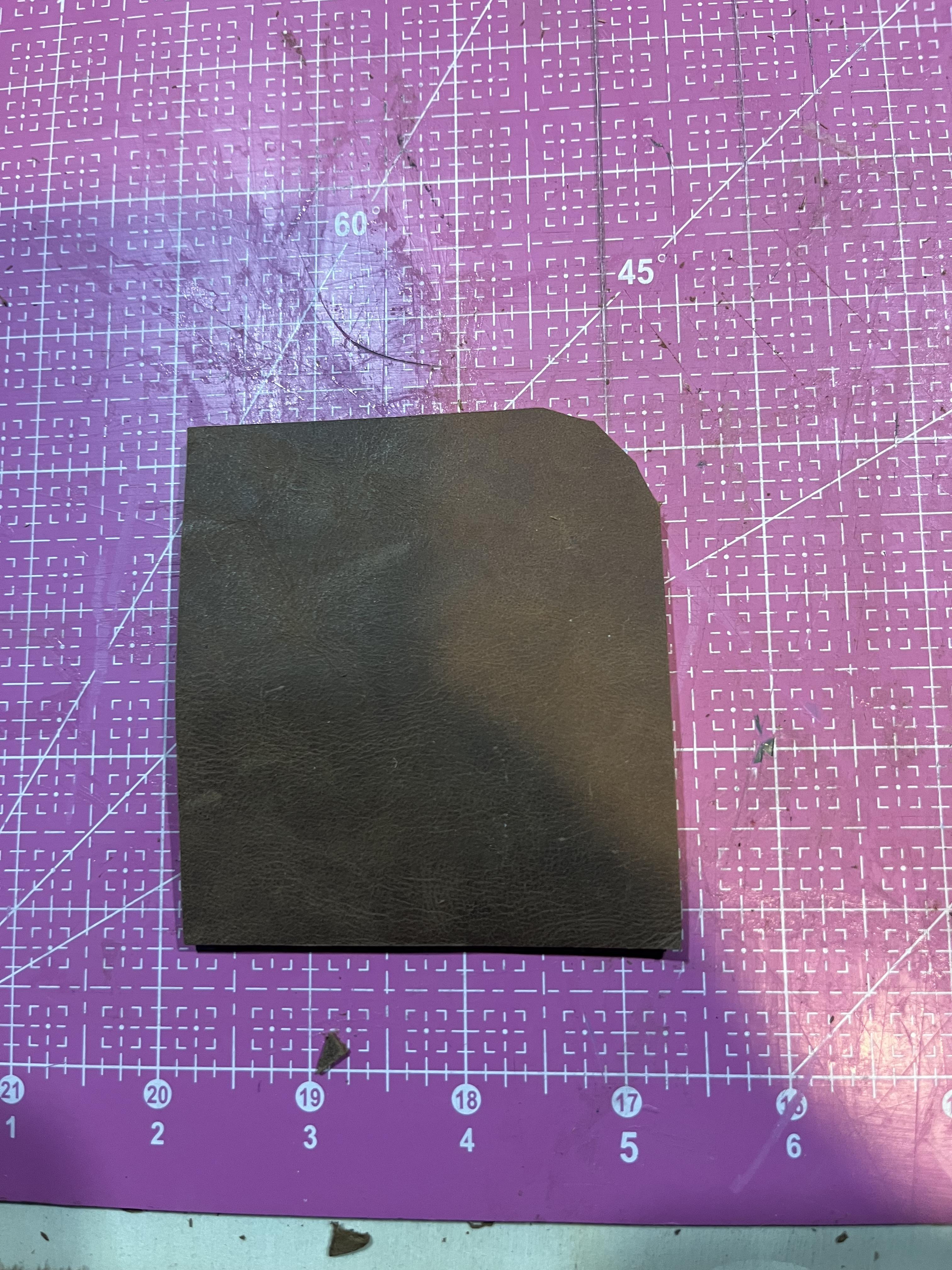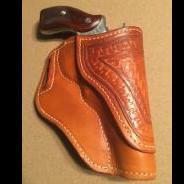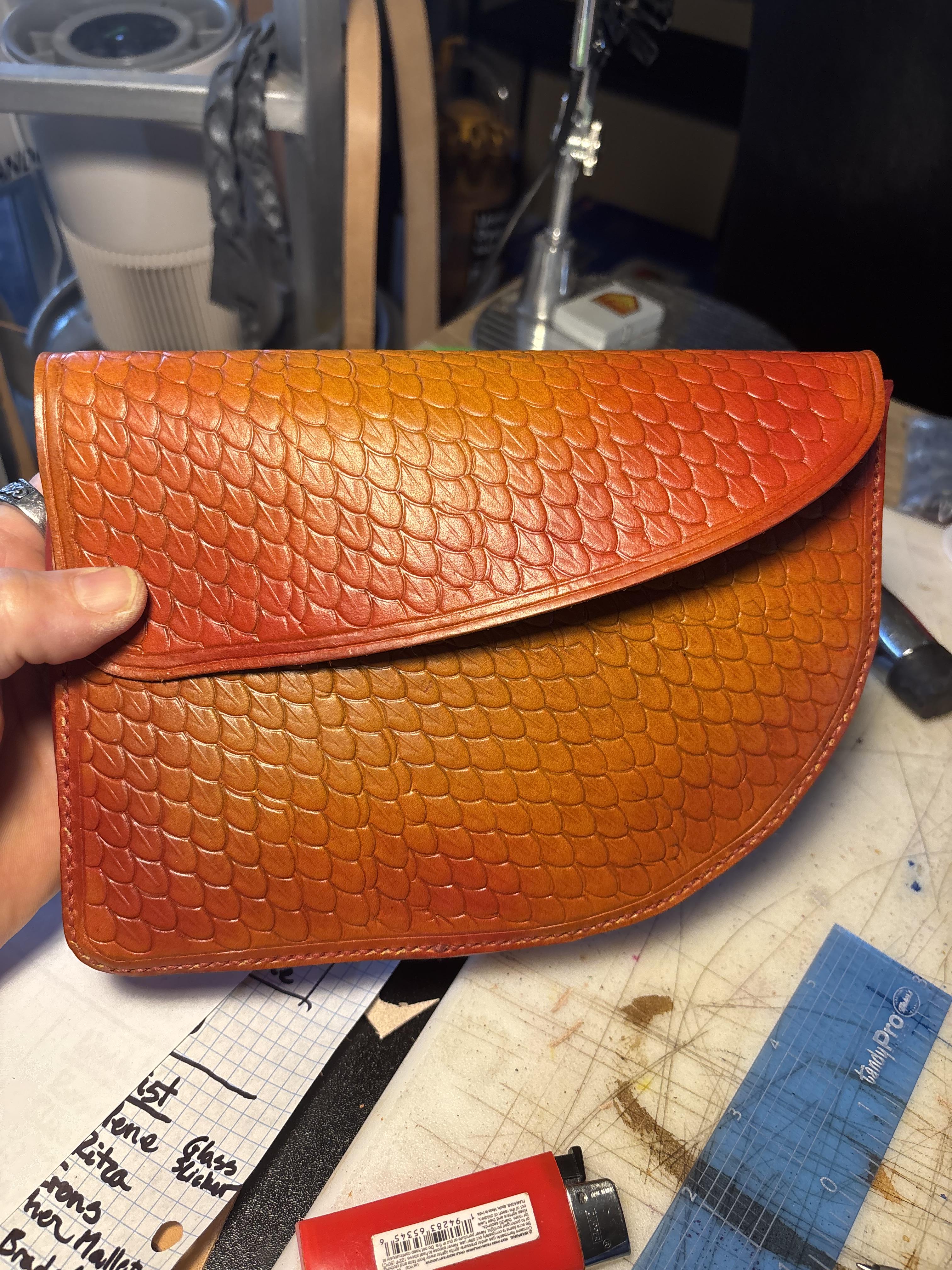All Activity
- Past hour
-
Thanks for the offer Dwight! Sadly, I don't have the plastic and the drawings were lost when my laptop HDD crashed. Lost a lot of good stuff with that crash including some leather designs that I was working on. - Bill
-
My sander has both belt and round sanders. I use the round sander mostly. Also does your sander have an attachment for a dust extractor? I just use an old vacuum cleaner, with a few mods to make the pipe fit, but it doesnt draw all that well but it does the job. I also wear a dust mask 😷 HS
-
I have the idea that the upper part with the teeth down should be locked in the lower part with the teeth up when the wheel is down on the table. Now it is not driven i guess.
-
-

BBC caught with its knickers down . . . .
chuck123wapati replied to fredk's topic in All About Us and Off Topic
i think most news is used as a deflection. It's what they choose not to report on that worriysome as they have no accountability then. -

What are some tools that changed your leatherwork?
chuck123wapati replied to Kenzi's topic in Leather Tools
yup great tools help, practice helps too lol.. I chose books because the op is an intermediate, so he should have at least a basic tool set and the knowledge to pick and choose quality tools. and have proficiency in the basic leather working techniques, sewing, gluing, finishing, etc. He probably already has a head knife, for example, or one that he likes and should know how to use it and care for it, and if it's good quality or not. Having said that, upping his game should then be expanding his knowledge base by trying new and diferent techniques or genres of leather crafting. Each of those requires specific new tools that you can't get without knowing what you need. For example, the Sheridan style tooling, the style is very unique and requires specific tools and techniques to be proficient. You can either get that info from the book or classes or blindly buy some great tools that may not be right and make crappy work until you do buy the book, then re-buy the correct tools. That is a hard lesson a guy who is an intermediate should have already learned lol. . So it goes to reason that in order to get the correct tools, you need the knowledge to do so first. The question is kinda vague, so I can't tell him what tools to buy if I don't know what he wants to do with leather past the intermediate level. If he were a beginner, I would have a different opinion of what he should do. lol. Just my opinion for what its worth.. - Today
-
Thanks for the tip. I never thought to use cardboard and to take the thread out. I was just basically paying for my education. thanks tj
-
YW Your friend Aaron did an excellent job filming imo, and getting the contact info is priceless to those of us who can't make those trips for whatever reason. I can't believe the amount of product you folks tote to those shows. I don't know if my bank account could handle a day there lol. You have a great tribe!!!!
-
You're doing one of the exact things recommended for new sewists. People starting out with domestics are recommended to sew on paper until they get the hang of it. I would switch to cardboard instead of using up your leather and just keep sewing patterns without thread. Build muscle memory.
-
So I got a sewing machine a few weeks ago and have been messing around with just learning the basics of my machine and in that time, Ive realized that i suck a sewing around corners. So I’ve been coming up with practice exercises. Basically following the lines with my machine. I traced some quarters to practice circles. Obviously I’m terrible at sewing and have a ton of practice ahead of me but does anyone have any tricks or exercises that they use to practice sewing?
-
Thanks Chuck! These leather shows are a lot of work but a real blast. Aaron does the walk-around video tours at each trade show and he's done a real service to people that wonder what a trade show vender area is all about. That is just a portion of these shows, the classes are outstanding and top notch instructors. Socializing with other leather workers, meeting the superstars and worker bees, these people are my tribe.
-
So this is what I was able to do with 60 grit belt. I sanded the top and flesh side slowly flat on the table. The I sanded the flesh side against the belt and finished up by sanding the edge. I’m gonna grab lower grit belts tomorrow.
- Yesterday
-
CLEAN !!!!!! What stamp is that if you don't mind me asking ?
-
what did you miss at the pendelton leather show video
rleather replied to chuck123wapati's topic in Leatherwork Conversation
Thanks for sharing Chuck! Good stuff! -
A finer grit and go slow, not too much pressure as it's easy to burn the leather. I think chrometan is going to be problematic as it's generally a softer leather. And yeah, it can make a lot of dust!
-
A friend of mine in the States needed an ammo pouch for his 16ga / 7x57 combination gun so I made one for him. I also bought a new stamp to try out.... Roger
-
I only sand to even up the edge, to take out bumps made by my bad cutting, or similar. I sand by hand. Depending on how bad the edge is I'll start with an 80 or 120 grit, working thru 240, 320, 400 to 600
-
I usually sand by hand unless it is a multi layer knife sheath, holster or scabbard. If the edge is pretty square I use 200 then 600, if it needs a little squaring then I start with 150, and that usually gets me a nice smooth slick edge. I use water and saddle soap for the slicking part. Todd
-
A lot of people sand edges like I would a table top, progressively finer down to pretty fine grit. I use my sander to roughly clean up edges with 80 to 120, depending on what's on the machine. Never hold it long enough to build heat. For the most part I'm evening up layers or cheating an edge to parallel with the stitching. I might hit an edge with 150 by hand before slicking it down. Bear in mind, I'm not interested in super slick, polished edges. But, yeah, that sander can do a lot of damage in a hurry.
-
I really admire those that hand sew and tool leather but for me I don't have the temperament or the artistic ability. So for me it is all mechanically aided, sewing machines, presses, skiver, embosser, 3D printer, etc. kgg
-
I do agree with @Dwight but the grit of the sand paper selected has a lot to do with the speed of the machine. Too course a grit say 60 at slow speeds will tear chunks out while too fine a grid at high speed will burn. I use 120 grit on my machine which is a modified variable speed bench mounted buffer with a 4 3/4" long X 3"diameter sanding disk at 3400 rpm. kgg
-
I haven’t seen a bag like that before. Very cool! Maybe Tandy’s mini saddle template could be incorporated? (I have no clue about the size of the finished product) — AZR
-
Springfield Leather Co has a free template for a mini-saddlebag-type purse. I’ve recently made a couple bags from the template, and personally, I think it’s a cool design. It is reminiscent of motorcycle saddlebags versus horseback, but check it out, maybe it’s up your alley… Hope there’s no copyright issues here, but it is free… — AZR MiniSaddleBag.pdf



